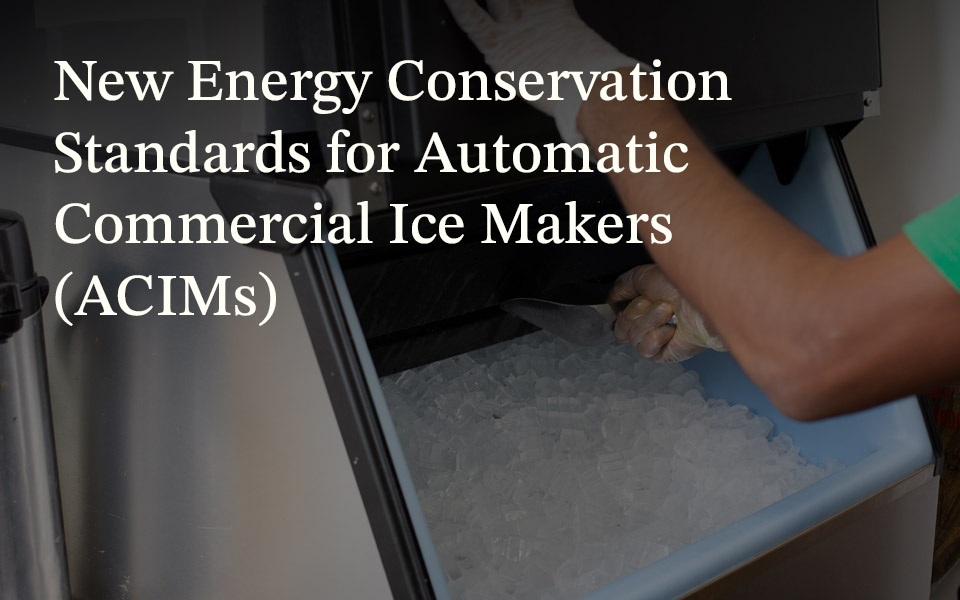This blog summarizes an article from our most recent E360 Outlook, entitled “Natural Selection.” Click here to read it in its entirety.

One of the most complex decisions food retailers have today is selecting which refrigerant will serve as the basis of future refrigeration platforms. While there are very few refrigerants that can deliver regulatory compliance and align with corporate sustainability goals, three natural options are at the top of this short list: carbon dioxide (CO2 or refrigerant name R-744); the hydrocarbon propane (refrigerant name R-290); and ammonia (NH3 or refrigerant name R-717).
In recent decades, as synthetic chlorofluorocarbon (CFC) and hydrofluorocarbon (HFC) refrigerants were found to have either ozone depletion potential (ODP) or global warming potential (GWP), natural refrigerants have made their way back into the commercial refrigeration conversation — even being listed by the Environmental Protection Agency (EPA) as acceptable for use in most commercial refrigeration applications (subject to use conditions).
Make no mistake: these refrigerants are by no means perfect — each has its own caveats — but in terms of thermodynamic properties, operational efficiencies and eco-friendliness, natural refrigerants are often referred to as “future proof”.
Innovative installations
As modern refrigeration technologies continue to improve, equipment manufacturers are working closely with early adopters to develop innovative solutions. This has resulted in several creative natural refrigeration applications that belie their traditional uses — like ammonia being used in supermarket systems and CO2 playing a larger role in industrial process cooling.
Ammonia trials in food retail
In September 2015, the Piggly Wiggly supermarket company opened a new 36,000 square-foot store in Columbus, Ga., that utilizes an NH3/CO2 cascade system manufactured by Heatcraft Worldwide Refrigeration. The all-natural refrigerant system uses an ultra-low charge of ammonia (53 pounds) located away from occupied spaces (on the facility’s roof).
CO2 adoption in industrial cooling
In cold storage applications, where ammonia has been the preferred refrigerant for decades, companies are also seeking to lower ammonia charges. As older ammonia systems near replacement, many operators are determining the best option to expand their facility’s low-temperature capabilities. They’re accomplishing this by adopting NH3/CO2 cascade systems that not only utilize very low charges of ammonia, but also keep the R-717 circuit out of occupied spaces.
Propane in food retail
When major retailers like Target publicly announce their intentions to use only propane in their self-contained units, it’s an indication that the perceptions about the mainstream viability of R-290 are shifting. The smaller charge limits make R-290 a logical fit for Target’s smaller, stand-alone refrigerated display cases and coolers.
While efforts are needed to mitigate their associated risks and ensure their safe use, natural refrigerants represent true sustainable alternatives that do not sacrifice performance. As regulatory bodies and industry organizations work to refine these standards, natural refrigerants will continue to play a key role in the future of commercial and industrial refrigeration

Let the Refrigerant Phase-in Begin
Evaluating next-generation commercial refrigerant alternatives in established and emerging...

Reviewing Proposed Energy Efficiency Standards for Ice Machines
Earlier this year, the Department of Energy (DOE) published a notice of proposed rulemaking (NOPR)...

CO2 as a Refrigerant — Criteria for Choosing Refrigerants
This is post two of CO2 as a Refrigerant, a blog series covering the fundamental considerations...
